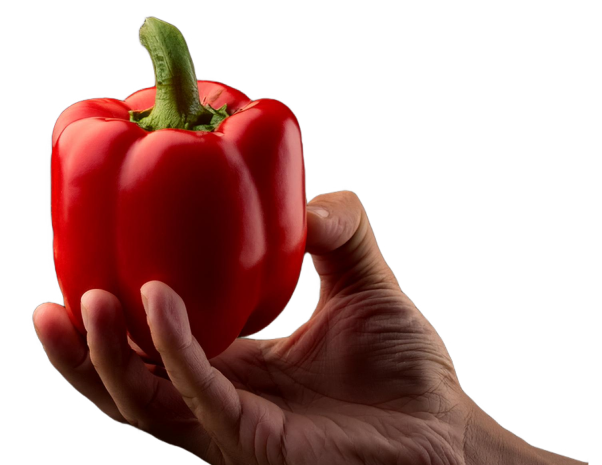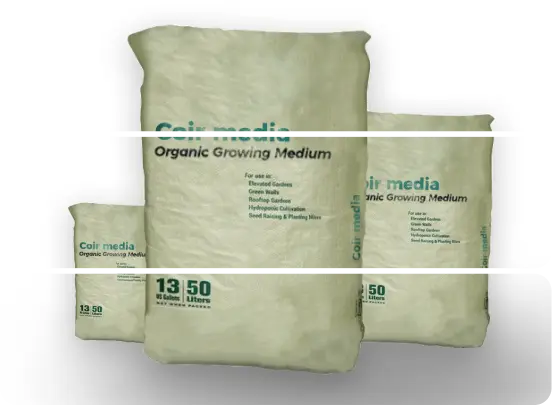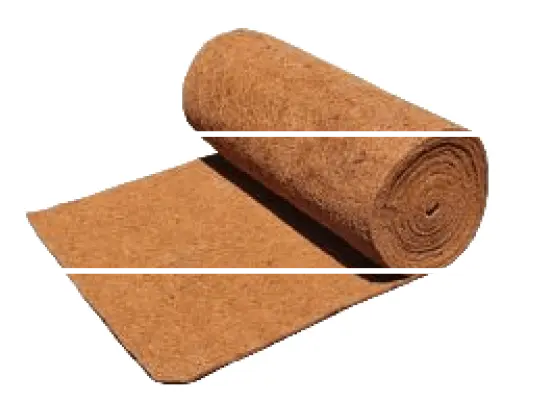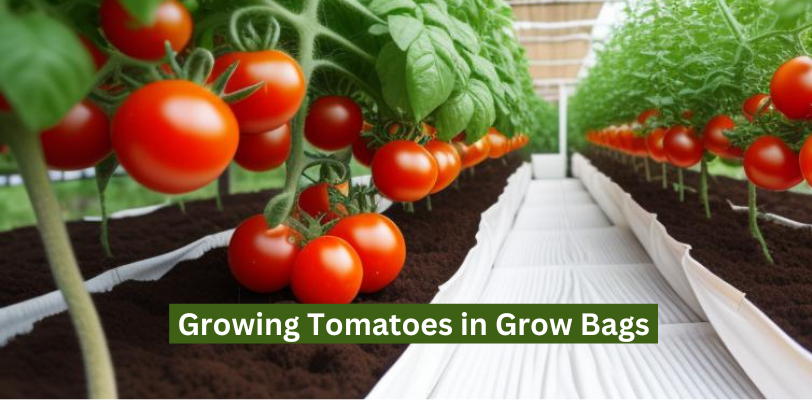

Do tomatoes grow better in grow bags?
Yes! tomatoes grow better in grow bags. It guarantees speedy growth of plants by providing great drainage system and air circulation.
Growing tomatoes in Grow bags is one of the most popular methods that offers flexibility, convenience, and impressive results. In this comprehensive guide, we’ll walk you through the ins and outs of cultivating thriving tomato plants in grow bags, ensuring a bountiful harvest for even the most space-constrained gardeners!
Before diving into the world of growing tomatoes in grow bags, it’s essential to choose the right bags for the job. Opt for Coirmedia’s very own sturdy, UV-resistant, and breathable potting soil bags for planting tomatoes. A quick check on the drainage capabilities is also crucial to prevent waterlogging, which can harm the delicate roots.
Once you have your grow bags in hand, it’s time to prep them for your tomato plants. Fill each bag with a high-quality potting mix enriched with organic matter. This ensures a nutrient-rich environment that will promote healthy growth. Make sure to leave some space at the top for watering and to prevent soil spillage.
Now comes the fun part – choosing the tomato varieties that best suit your preferences and growing conditions. Whether you opt for juicy beefsteak tomatoes, sweet cherry tomatoes, or versatile heirlooms, make sure the varieties you select are well-suited for container gardening. Determinate varieties, which have a more compact growth habit, are particularly suitable for grow bags.
Planting tomatoes in grow bags is a straightforward process. Dig a small hole in the center of the bag and place the tomato seedling, ensuring it is planted deep enough to support the growing plant.
The depth for tomato grow bags is determined on the type of tomato you’re planting:
Bigger is always better for indeterminate varieties!
The number of tomato plants that fit in a grow bag depends on the size of the bag and the type of tomato you’re planting:
If you’re planting multiple tomatoes in one bag, space them adequately to allow for proper air circulation. Water the plants well after planting to help them settle into their new home.
Growing tomato plants in grow bags requires attention to detail, but the rewards are well worth it. Here are some key tips for caring for your tomatoes:
Even the most vetegardeners encounter challenges, but being prepared and proactive can make all the difference. Keep an eye out for common tomato pests like aphids and caterpillars, and address any issues promptly with natural pest control methods. Regularly inspect your plants for signs of diseases such as blight, and remove affected foliage to prevent the spread.
The moment you’ve been patiently waiting for – harvesting ripe, flavorful tomatoes from your grow bags! Most tomato varieties will provide visual cues, like vibrant color and firm texture, to indicate when they are ready for picking. Gently twist or cut the tomatoes from the vine, being careful not to damage the plant.
Growing tomatoes in grow bags is a rewarding and space-efficient way to enjoy the fruits of your labor, even if you have limited outdoor space. With the right preparation, care, and attention, you can cultivate robust tomato plants that yield a bountiful harvest. Experiment with different varieties, and soon you’ll be relishing the taste of homegrown tomatoes straight from your grow bags.
In addition to the comprehensive guide on growing tomatoes in grow bags, it’s important to note the versatility of this method. Grow bags not only accommodate space constraints but also a huge mobility enabler. If you lived in a rented confined space or someone with limited gardening space, grow bags enable you to move your tomato plants to optimal sunlight or shelter during extreme weather conditions.
Furthermore, consider experimenting with various sizes and styles of grow bags to suit your gardening needs. Smaller bags are ideal for compact spaces or balconies, while larger ones can accommodate multiple tomato plants. The lightweight nature of grow bags simplifies the process of rearranging your garden layout to find the perfect spot for your tomatoes. Coirmedia offers grow bags in various sizes and and styles for different purposes.
The mobility of grow bags makes them an excellent solution for those who want to try their hand at seasonal gardening. You can bring your tomatoes indoors during colder months, extending the growing season and enjoying fresh, homegrown produce year-round.
Remember, the key to successfully growing tomatoes in potting soil bags lie in the right combination of soil, drainage, and care practices. As you embark on this rewarding gardening journey, feel free to explore different tomato varieties, mix and match grow bag sizes, and revel in the joy of harvesting homegrown tomatoes from your adaptable and space-efficient garden. Happy gardening!

Mathew is a product designer and engineer at Coirmedia, where he combines his passion for sustainability with his design and engineering expertise. He develops innovative coir products that are not only functional but also eco-friendly. Driven by a desire to share his knowledge, Neil is passionate about writing and teaching, aiming to educate others about his ideas, innovations, and the technology behind them.
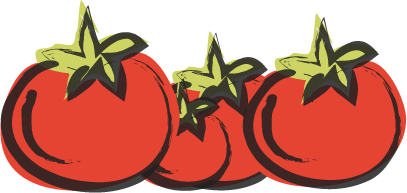
CoirMedia (UK) Pvt. Ltd
85 Great Portland Street,
First Floor, London,
United Kingdom

